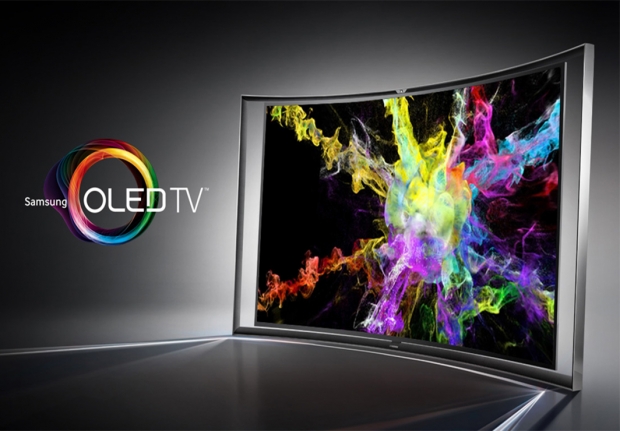According to Reuters the smaller Japanese equipment makers are booming in niche areas further up the OLED manufacturing process.
Smaller Japanese equipment makers including Canon Tokki and Dai Nippon Printing have seen strong OLED-related orders from Samsung Display. This is odd as other Japanese OLED makers Sharp and Sony have struggled against the scale of their Asian rivals.
Tokki is a unit of Canon and makes the vacuum evaporators used to make OLED panels. It is booked out for several years. Its CEO Teruhisa Tsugami said it will need to double production capacity this year to meet strong demand from clients including South Korean, Japanese and Chinese panel makers. Tokki works closely with Samsung in the same way that those small fish clean the teeth of huge sharks.
Japanese manufacturers began investing in OLED technology in the 1990s but most gave up on it because it is expensive and has high defect rates. Smaller equipment makers in the supply chain have kept at it, largely helped by growing sales to Samsung and LG Display.
Samsung accounts for roughly 70 percent of orders for those suppliers and the current supply chain has been made for Samsung.
Dai Nippon Printing produces evaporation masks, used to coat light-emitting materials at precise locations on panels. It is tripling its production capacity by 2020.
The advantage is that by supplying the bigger companies the smaller outfits can benefit from the expansion of OLED without taking as much risk.
Nikon expects orders from global panel makers to drive up shipments of its lithography equipment by more than three quarters in the year to March. It expects operating profit this year from flat panel lithography equipment alone will hit $472 million, helping offset the impact of weaker camera demand. That's more than its profit forecast for the overall company.




